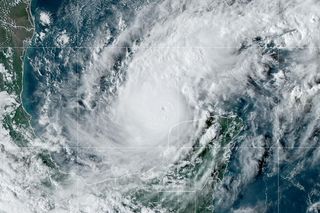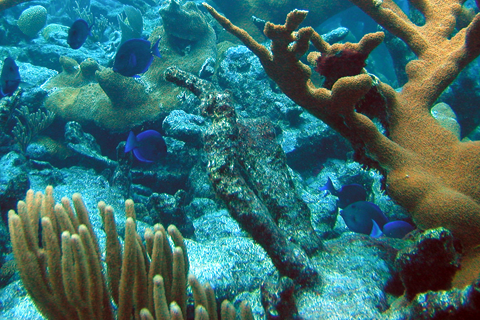
Coral reefs are important and productive ocean ecosystems, providing shelter and protection for diverse sea life. NOAA's latest seasonal outlook for coral bleaching shows potential for bleaching along the Pacific coast of Mexico and islands in the equatorial central Pacific Ocean.
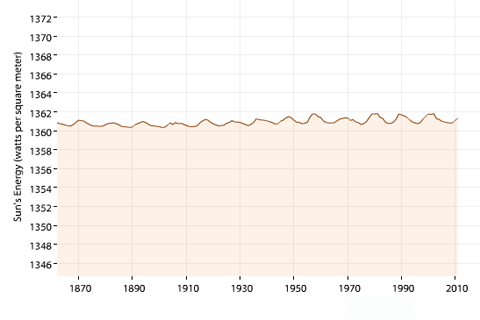
The Sun's average brightness varies over time, and the changes can affect global surface temperature. But long-term changes over the period of human-caused global warming are minimal.
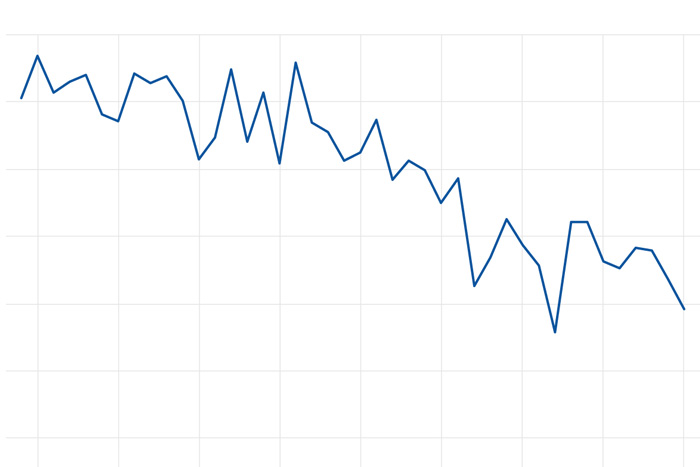
The amount of sea ice that survives the Arctic summer has declined by 13 percent per decade since the start of the 43-year satellite record.
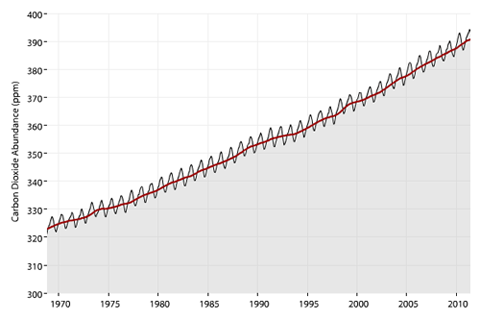
In the past 60 years, carbon dioxide in the atmosphere has increased 100 times faster than it did during the end of the last ice age.
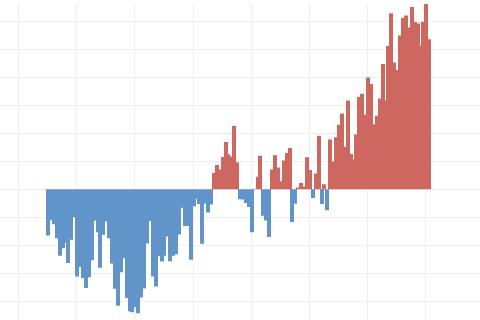
Earth's surface temperature has risen about 2 degrees Fahrenheit since the start of the NOAA record in 1850. It may seem like a small change, but it's a tremendous increase in stored heat.
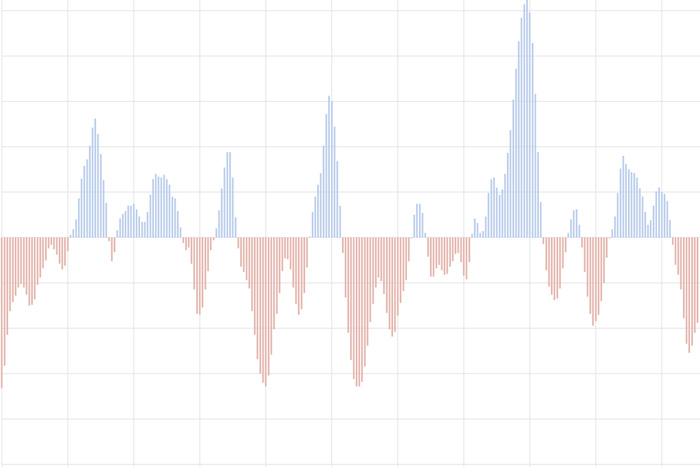
The Oceanic Nino Index tracks the sea surface temperature in the east-central tropical Pacific Ocean. It is NOAA's primary indicator of the climate patterns known as El Niño and La Niña.
October 2024 is likely to be one of the driest months ever recorded for the country. Will these dry conditions persist into November or will autumn precipitation make a return to portions of the country?
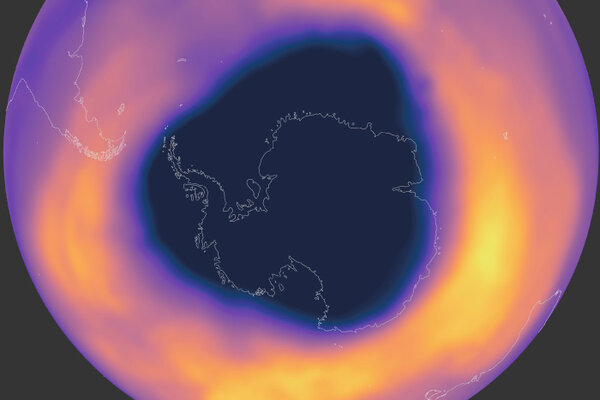
Watch the Antarctic ozone hole develop in 2024
October 30, 2024
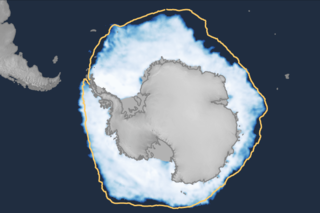
2024 Antarctic sea ice winter maximum second lowest on record
October 8, 2024
